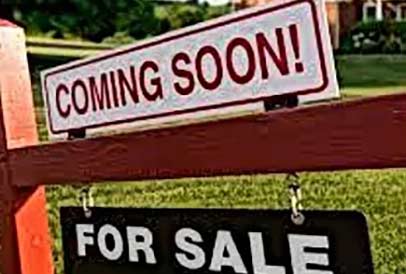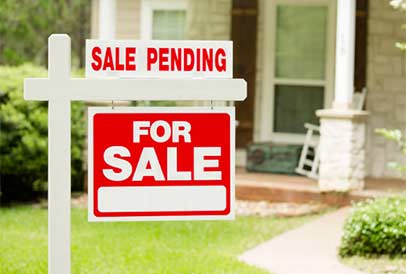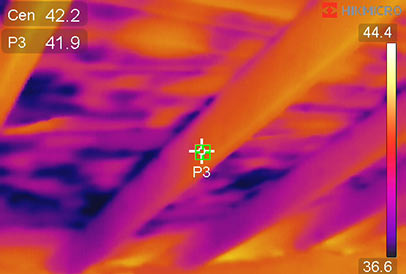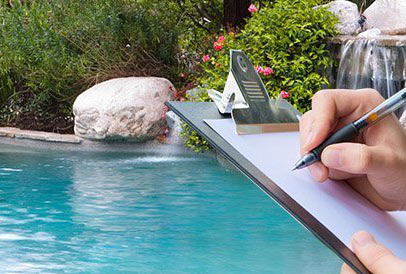What is Radon?
Radon is a gas that has no color, odor, or taste and comes from the natural radioactive breakdown of uranium in the ground. You can be exposed to radon by two main sources:
1. radon in the air in your home (frequently called “radon in indoor air”) and
2. radon in drinking water.
Radon can get into the air your breathe and into the water you drink. Radon is also found in small amounts in outdoor air.
Most of the radon in indoor air comes from soil underneath the home, according to the Environmental Protection Agency (EPA). As uranium breaks down, radon gas forms and seeps into the house. Radon from soil can get into any type of building – homes, offices, and schools – and build up to high levels in the air inside the building.
Radon gas can also dissolve and accumulate in water from underground sources (called ground water), such as wells. When water that contains radon is used in the home for showering, washing dishes, and cooking, radon gas escapes from the water and goes into the air. It is similar to carbonated soda drinks where carbon dioxide is dissolved in the soda and is released when you open the bottle. Some radon also stays in the water.
Radon is not a concern in water that comes from lakes, rivers, and reservoirs (called surface water), because the radon is released into the air before it ever arrives at your tap.
Residential properties
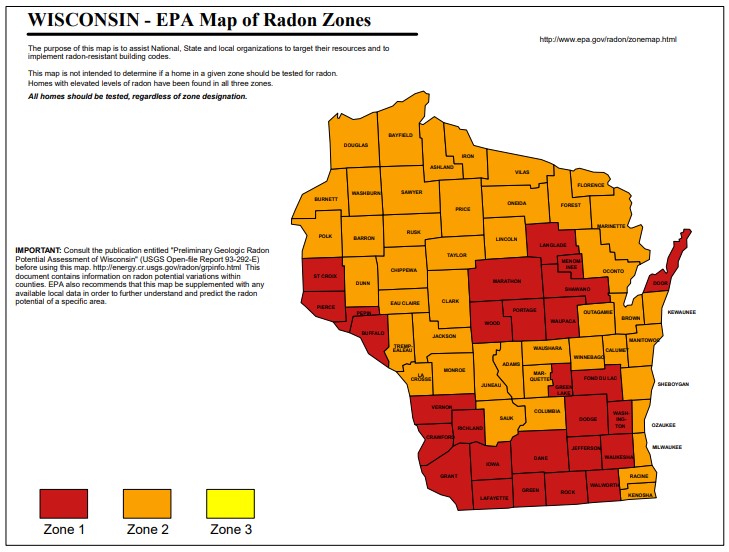
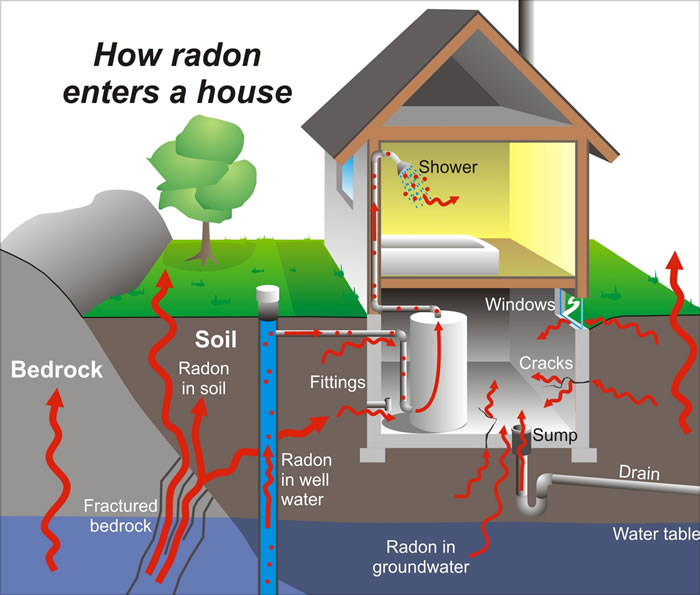
Most people do radon testing when they’re buying a home. That’s a good first step. Testing by a licensed professional will let you know before you close whether the air is clear or if mitigation is necessary.
But radon isn’t a single-family-home issue. It can permeate condominiums, apartment buildings and other multi-unit residential properties as well. Property managers and owners can also have their properties tested for radon.
The EPA recommends that homes be tested every two years to make sure radon levels aren’t rising above 4 pCi/L.
In addition, if your water comes from an underground source such as a well, your water also may contain radon, according to the EPA.
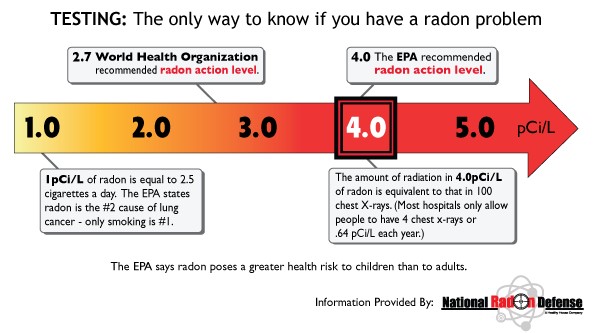
Monitor Setup
The radon monitor will be set up 48 hours prior to the home inspection. Results will be delivered the day of the home inspection with a high definition graph that will be emailed directly to you and your agent!
Servicing Franklin, Milwaukee, Racine, Kenosha, Waukesha, and surrounding all areas of South East Wisconsin
Are you a texter?
Text Your Inspection Request to..
Please Be Sure to Include:
Your Name, Address & Requested Inspection Date & Time
Are you a texter
Text Your Inspection Request to..
Please Be Sure to Include
Your Name, Address & Requested Inspection Date & Time
Affiliations



